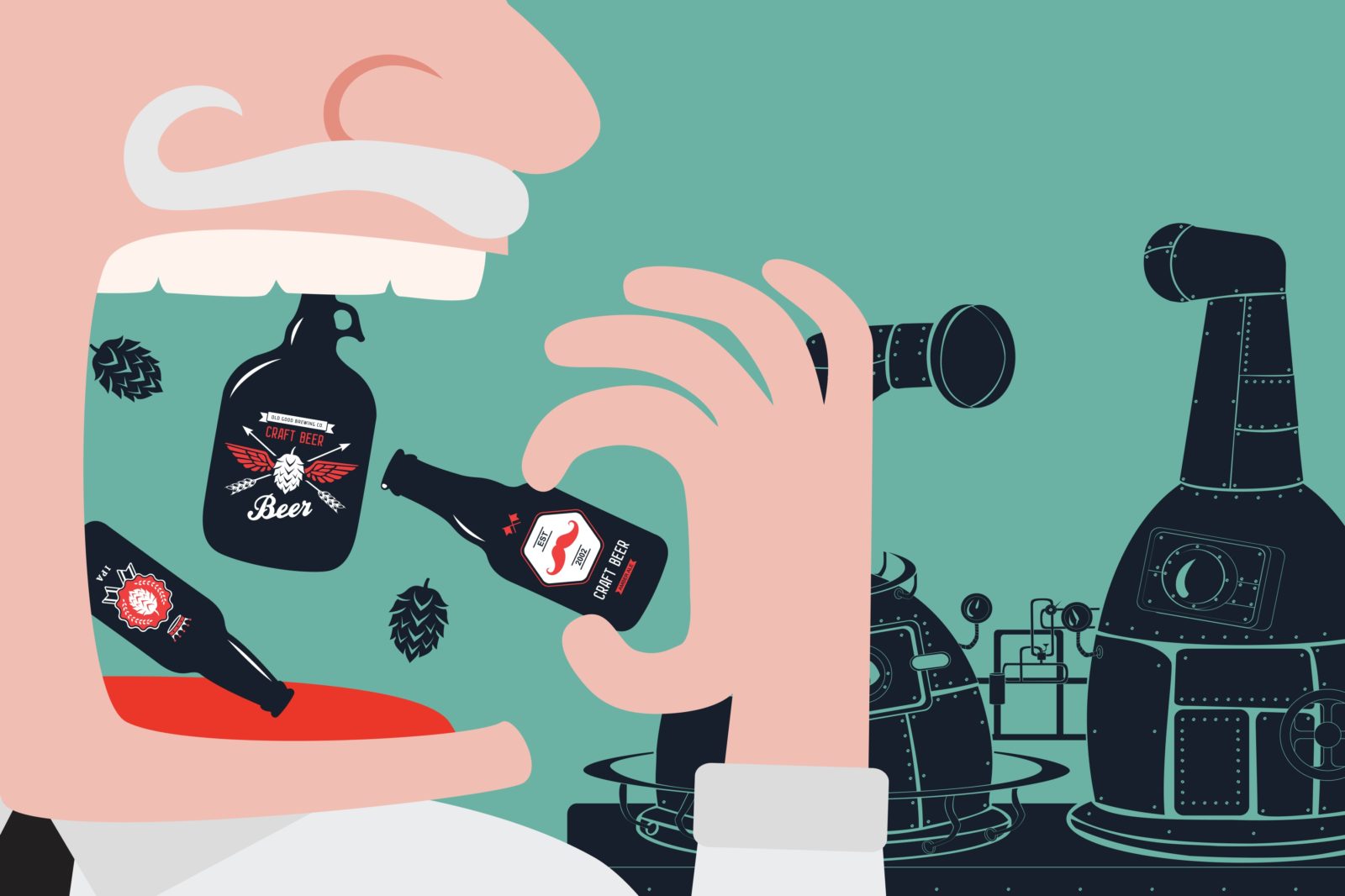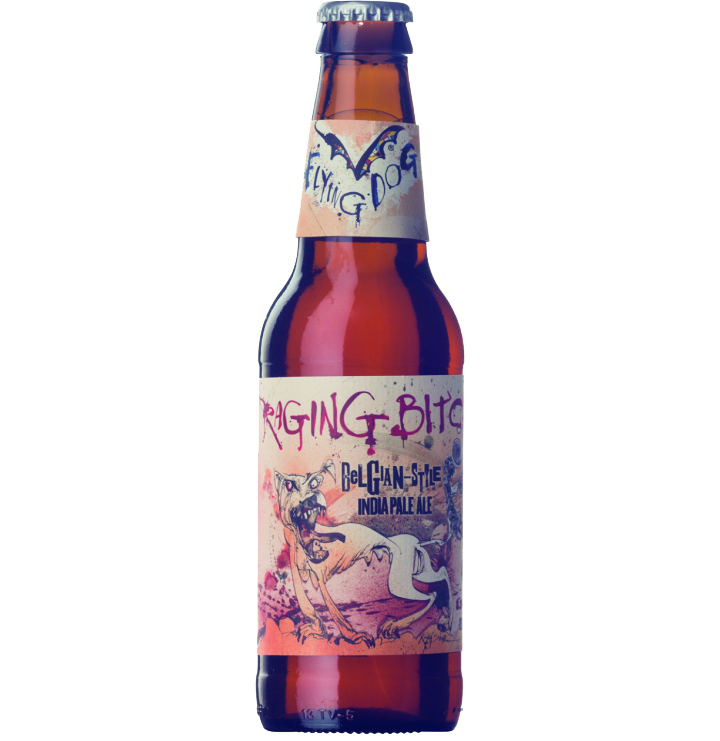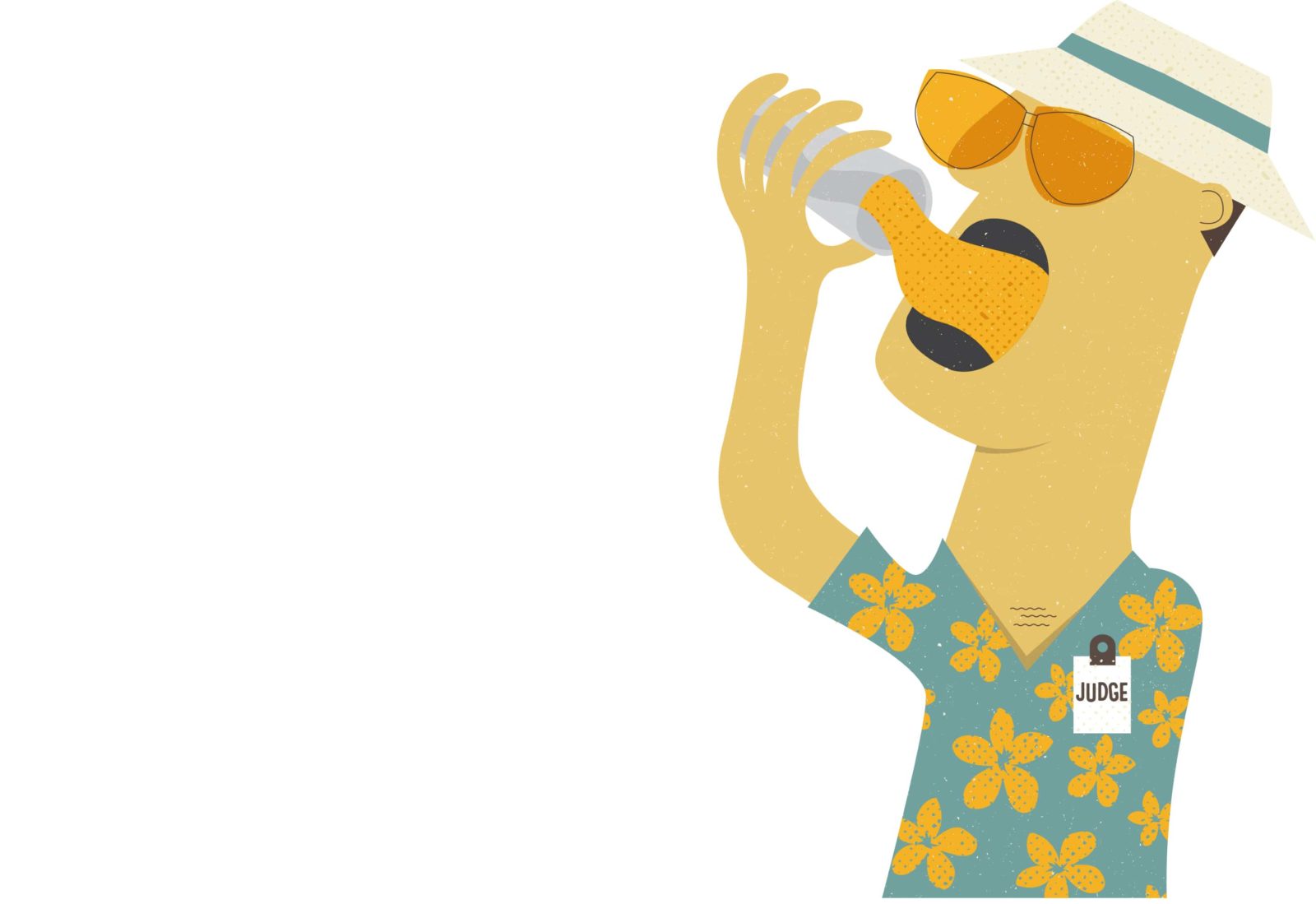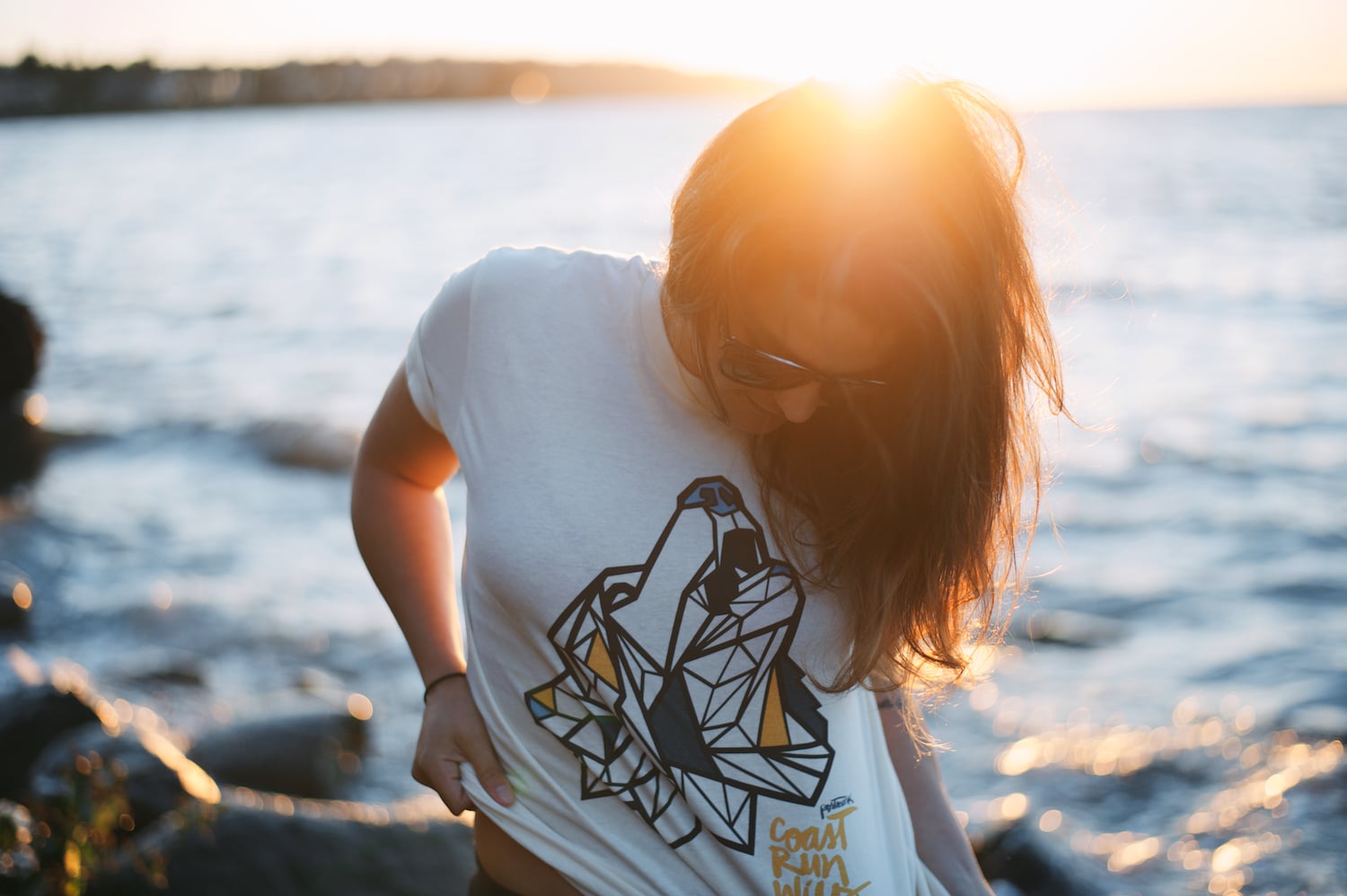
Look folks: We’re heading straight into what’s very likely going to be a tumultuous year in the beer industry here in Canada, but especially the US.
Macro brands – herein referred to as Big Beer – will do its best to squeeze out the pesky (yet popular!) small- and mid-size breweries, or snatch up the big ones, or generally try to maintain its position of lofty authority, which it will do, but only because it’s meaner and has more money.
It makes sense. Budweiser’s market share is at half of what it was a decade ago, according to a Wall Street Journal story published in late 2014. That same report found that consumers under 30 years of age are purchasing craft beer at one-and-a-half times the rate of people over 30, which means those cursed Millennials are increasingly dedicated to seeking out craft brands over macro brands.
Which means the segment is going to grow and grow and grow. The Brewers Association in the US announced that in the next five years they expect to see craft beer market share jump to 20 per cent, up from the current 11 per cent. Numbers for 2015 haven’t been published yet, but there were over 450 microbrewery openings across the US in 2014.
Comprehensive numbers aren’t readily available in Canada, butin BC there were 20 new breweries in 2015, the same number as 2014, which was up from 10 breweries in 2013 (and we know of at least 15 new ones to open up before the end of summer).
So, yeah, Big Beer wants in on that action and wanted it, like, yesterday. This will play out largely in the US, but with the purchase of Mill Street and Turning Point late last year, Canada has its part in this drama too.
Here’s what’s going down.
Big Beer will buy Little Beer
This is obvious. It’s already happening. Anheuser-Busch InBev already owns Goose Island, Elysian, 10 Barrel and Blue Point. Heineken owns Lagunitas. And so on.
Big Beer will make its own craft beer
Yes, the title is a little misleading. Big Beer has already made Blue Moon and Shock Top, but it’s likely that InBev will create some other sub-standard brand of craft beer, complete with additives and artificial flavours.
But wait…you disagree that Shock Top is craft beer? Well, just take that up with Judge Gonzalo Curiel, who dismissed a class action lawsuit filed against MillerCoors for labeling Blue Moon a craft beer.
The Brewers Association defines craft brewery as one that produces six million barrels or less per year (approximately three per cent of the US annual sales) and that less than 25 per cent of the brewery is owned or controlled by an person or organization that itself is not the craft brewer. But according to the Daily Beast, that’s not good enough for Curiel, who wants a better template for what does and does not constitute craft beer.
Which means, at this point, Blue Moon, Shock Top and Bud Light Lime and everything else can all be legally designated “craft beer” until the industry comes up with a more comprehensive, detailed definition.
So Big Beer will continue to create and market “craft-y” brands to that significant hefty percentage of the beer swilling public that is not yet properly educated on the wonders of craft beer, but maybe wants to try something a little, uh…fruitier? Orange-er? More Mohawk-y?
Big Beer will own distribution
According to The Wall Street Journal, AB InBev launcheda new incentive program that could offer independent distributors in the US up to $1.5 million in annual reimbursements – but only if 98 per cent of what they distribute are AB InBev brands.
Participating brewers can only carry craft brewers that produce less than 15,000 barrels, or sell beer only in one state, which will make business difficult for bigger craft brands like Stone, Sierra Nevada, Brooklyn, etc.
Historically, breweries and distributors have been separate in the US, following the three-tiered system that was imposed after Prohibition: one set of companies could make the beer, another would distribute it, and the other would sell it. The rise of craft culture in North America is due in part to the breaking down of this model – small brewers have been selling directly to customers through tasting rooms and brewpubs for years. But in most states, breweries can’t own distributors (except, in Colorado, where A-B bought two distributors since 2014, and Oregon, where it purchased Morgan Distributing).
The incentive plan is voluntary. The Journal reports that 38 per cent of AB InBev-aligned distributors are signed up, but the company “aims to double participation” over the next three years. There’s a good chance this will happen – Big Beer is what has kept the bulk of them profitable for the past three decades.
Merge and conquer
The Great Merger of 2016, where AB InBev took over SABMiller, is a clear sign of Big Beer’s waning grip on consumer tastes and, like a bloated Axl Rose, a mad attempt to stay on top…although we expect Shock Top will sell rather well, unlike Chinese Democracy. We’ll see how that reunion goes. I’m hedging bets on total disaster. You?
Anyway, we now we live in a world where AB InBev owns 30 per cent of the world’s beer market, so expect seismic levels of marketing across North America to hawk their bullshit. Of course, it won’t really matter as long as craft brewers continue to create badass new beer innovate (which they will) and turn people on to craft (which they will).
And this struggle will continue ad infinitum, or until the Russians finally invade and take us over, imposing the much-feared Vodka State. Be prepared.




